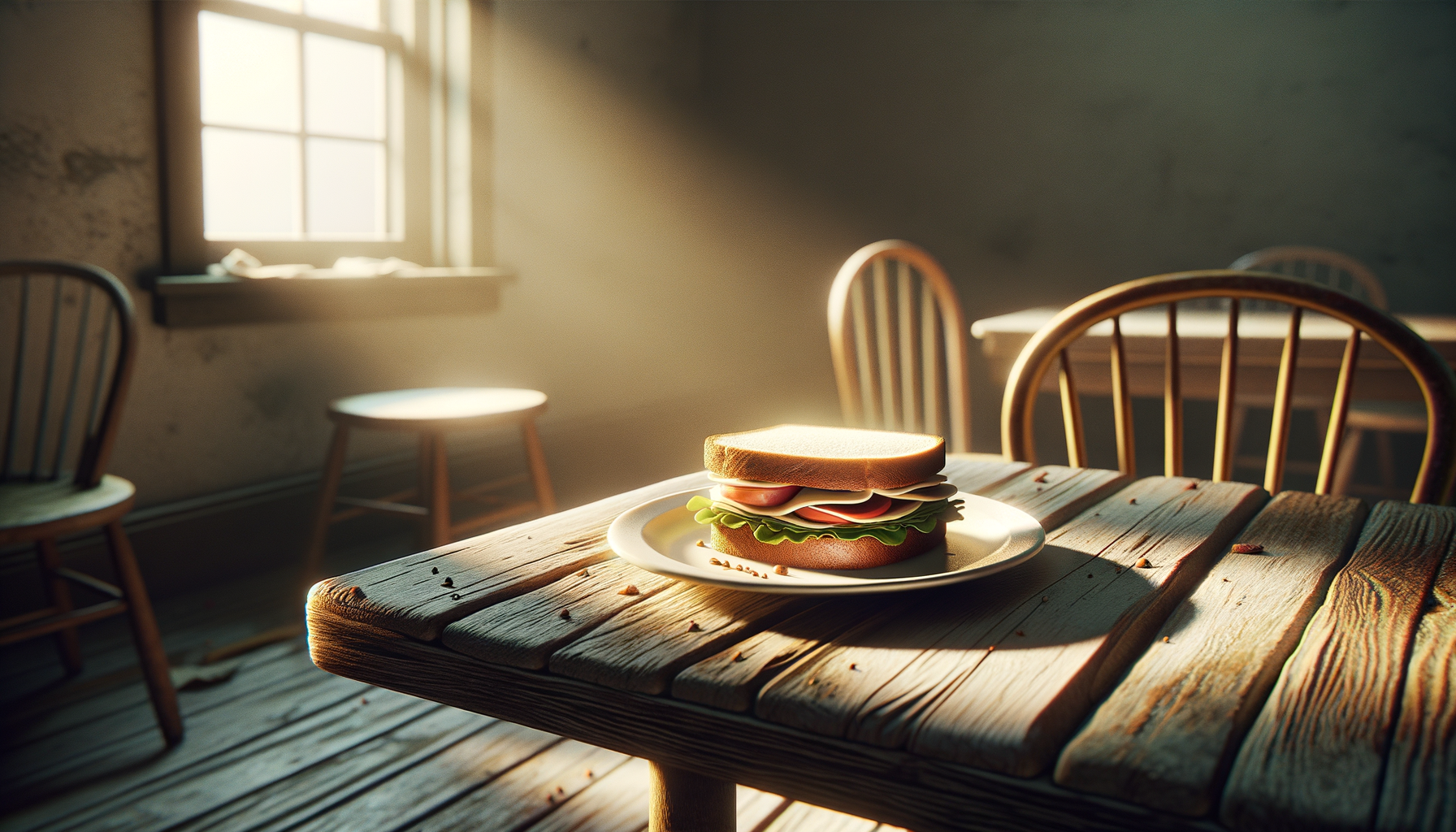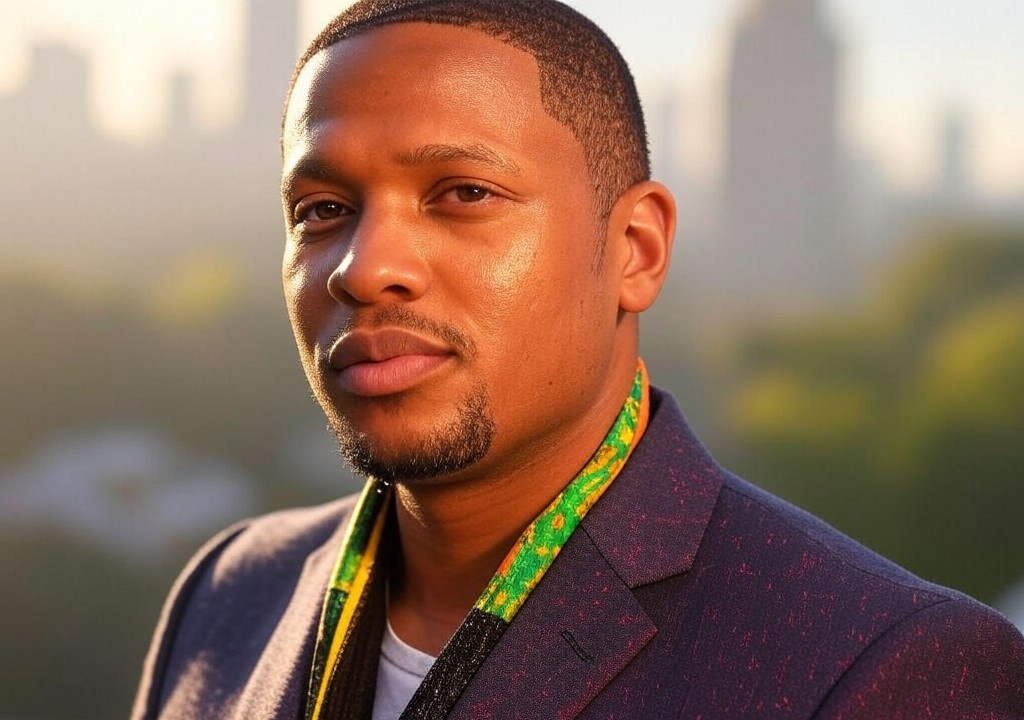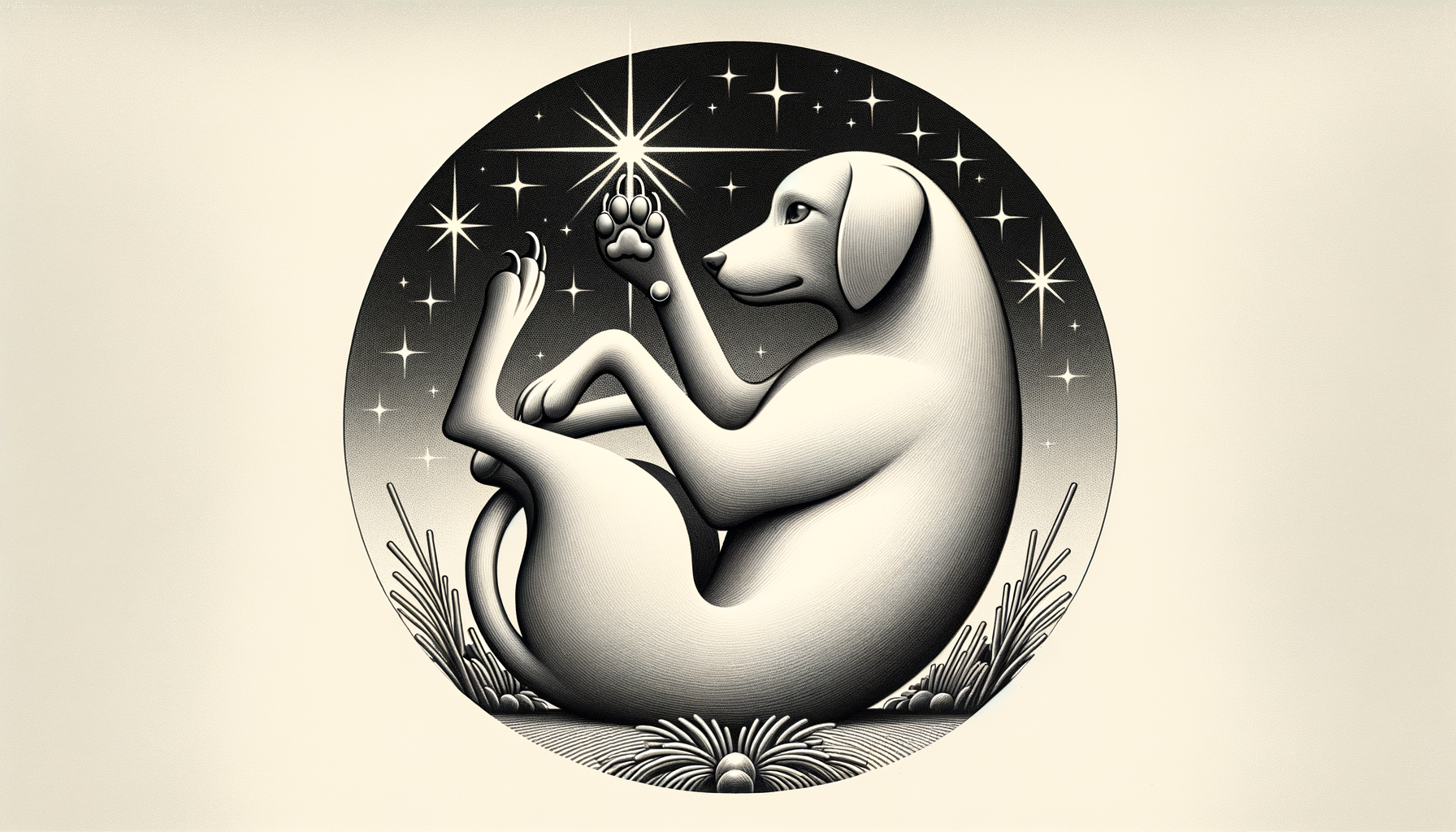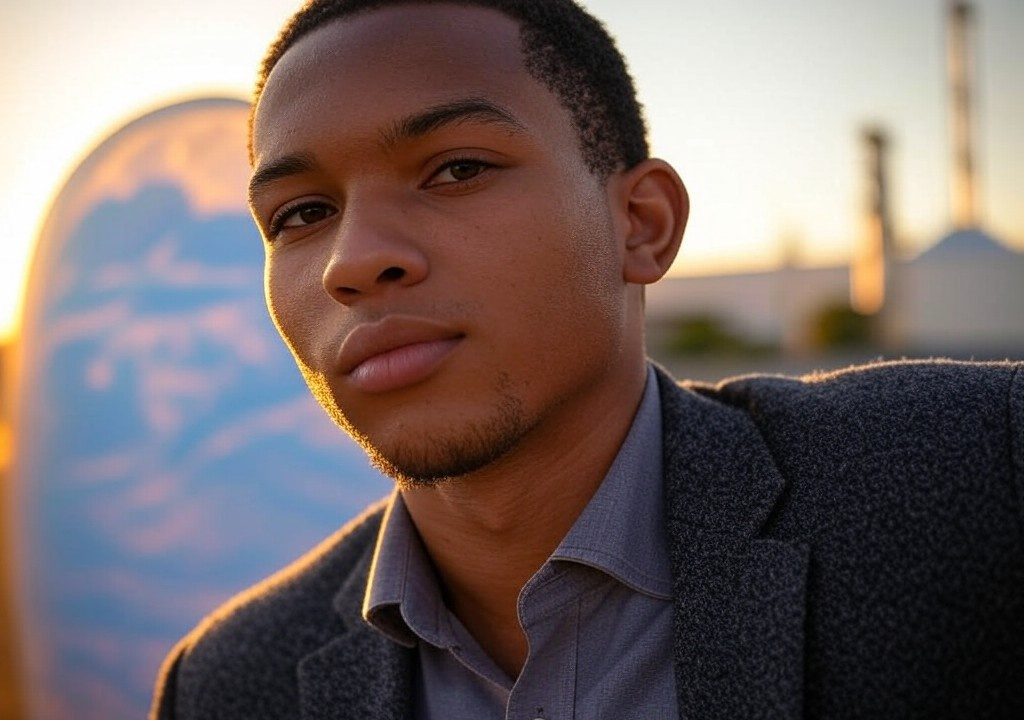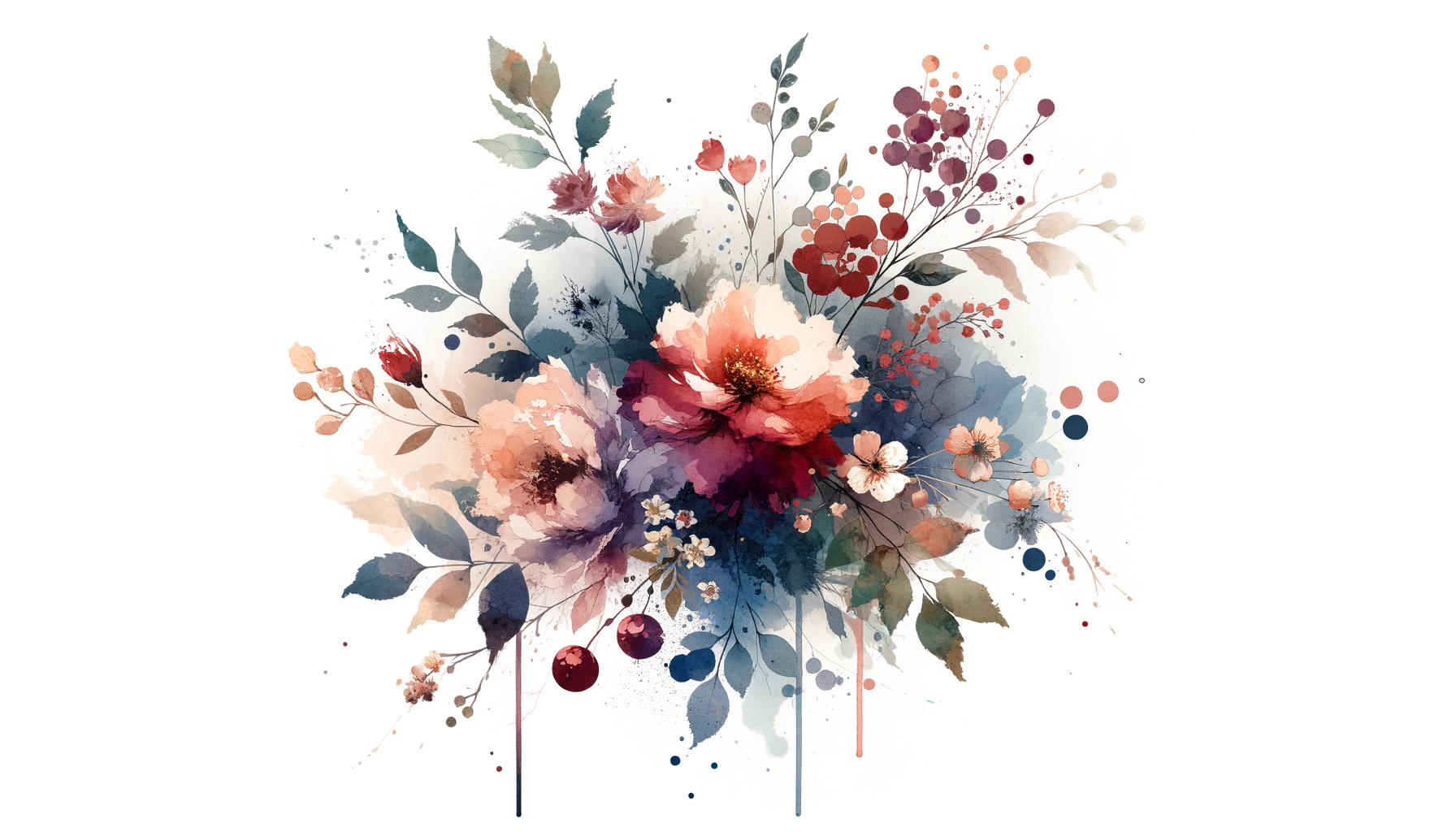I’ll never forget the first time I cried in the walk-in freezer at my local grocery store. It was January, frigid even by Maine standards, and the irony didn’t escape me that I’d come to hide my emotions in a place specifically designed for cold storage. Lurking between bags of frozen peas and cartons of ice cream, I did my best to stifle the sniffles before emerging to manage what felt like the rest of the world’s needs—customers, colleagues, responsibilities—when my own life was quietly unraveling.
On the surface, everything looked fine. Great, even. I was living in my postcard-perfect New England hometown, writing books set against backdrops people dream about on Airbnb. I spent weekends helping my nieces collect seashells on Goose Rocks Beach and throwing back lobster rolls at crammed picnic tables. My social media feed was all sunsets and clambakes—a curated gallery of a life that seemed plucked from a L.L. Bean catalog. But just beneath that glossy exterior? I was fighting a fierce, private battle: I had no idea how to let anybody in.
The Secret Struggle: Keeping Everyone at Arm’s Length
It’s not that I didn’t want connection. I craved it in the pit of my stomach—the kind of romance I read and wrote about, where the salt air and the pull of the tide somehow conspired to make lovers lean in just a little closer. But when it came to vulnerability, I was all polite smiles and locked doors.
If you’ve ever tried to sail through a nor’easter, you know what I mean. When waters get rough, we instinctively batten down the hatches, reinforcing every last weak point. And for me, that meant constructing an emotional fortress so impenetrable it had its own moat. At the heart of my fear wasn’t an inability to love—it was the terror of being truly known. What if my inner world, layered with insecurities and stingy bits of self-doubt, wasn’t as picturesque as my outer one?
This conflict threaded its way through relationships in small, telling ways. I was the classic “I’m fine” girl. You know her. She’s the one who shrugs off hurt feelings like they’re seafoam and insists on covering the check to avoid the awkwardness of sharing anything that looks like need. But it was all pretense. I wasn’t fine. I was lonely in a way that doesn’t photograph well.
Cracks in the Hull: The Wake-Up Call
The moment of reckoning came during what I now lovingly refer to as “The Great Roast Chicken Debacle.” I’d committed to cooking a from-scratch dinner for someone I’d been dating—a small but significant step toward intimacy for someone as guarded as I was. But halfway through the recipe, I burned the skin, forgot to salt the potatoes, and nearly set the oven mitt on fire.
Standing there in my smoke-filled kitchen, footage of Julia Child-level failure playing out before me, I panicked. Instead of asking for help or even laughing about it (the obvious normal responses), I dissolved into a teary, muttering mess of apologies. When he tried to reassure me, I cracked under the weight of my own expectations. “I just…I don’t know how to be bad at this!” I blurted, gesturing toward the charcoal-colored bird that was supposed to have been my domestic magnum opus.
His response? “It’s not about the chicken.”
It hit me like a rogue wave. Of course, it wasn’t about the chicken. My real challenge was letting someone see my imperfect, flawed self and sticking around long enough to believe they wouldn’t turn away. That night, we ended up salvaging the meal with glorious improvisation (blueberry muffins and leftover chowder, for the curious) and diving into a conversation that would have been impossible if not for my culinary meltdown.
It wasn’t easy. I won’t lie and say that one over-cooked dinner fixed years of emotional scaffolding. But it was the first time I realized how exhausting it was to fight a battle no one else even knew I was waging.
From Fortress to Footbridge: Learning to Let People In
So how do you climb out of your walk-in freezer and dismantle that fortress of solitude? I’m not promising a roadmap, but here’s what worked for me—and might just work for you.
1. Name Your Inner Fear (Even if It’s Awkward)
One of the hardest—and most liberating—things I learned is that you can’t fix what you won’t acknowledge. For me, it was confronting a fear of rejection so deep that I’d disguised it as self-sufficiency. Whether your fear is big or small, name it. Is it fear of failure? Abandonment? Looking like a human-shaped hot mess? Once you identify it, you can start navigating around it.
2. Practice “Micro-Vulnerabilities”
Think of vulnerability not as a cannonball dive but as the slow, measured lowering of a sail. You don’t have to bare your soul with a megaphone in Central Park. Start small: share a story from your past that still makes you wince or admit that you don’t actually know how to fold a fitted sheet (because, really, who does?). These moments of honesty, however tiny, are what build trust brick by brick.
3. Stop Apologizing for Your Mess
Relationships are all about the messy backyard of life. And guess what? Everyone’s weeds are taller than advertised. If you apologize every time you trip over your own shortcomings, you’re just reminding the other person that you don’t think you’re enough—and that’s not exactly the love story you want to write.
4. Realize That Perfection Is Boring
You ever watch characters in romance movies? The ones you remember aren’t the flawless knights on white steeds—they’re the ones eating too much cheese at the dinner party and spilling secrets over their second glass of wine. Imperfection is human; it’s what makes us lovable, relatable, and memorable. Be brave enough to let someone see that.
5. Remember: Love Isn’t Performance Art
It wasn’t until I stopped treating love like an audition—“Am I impressing them? Am I coming across well?”—that I finally understood what relationships were supposed to feel like. Spoiler alert: They’re not about scoring points; they’re about being present.
Dropping the Anchor: What I Learned
Emerging from my secret battle wasn’t a grand cinematic moment. It was more a series of small, steady habits—like daring to let others hear my fears or, terrifyingly enough, letting someone eat a slightly under-seasoned dinner without spiraling into self-doubt.
The thing about building connections is that they’re as much about the rocky bits as they are about smooth sailing. Trust me, your lighthouse moments are on the other side of the storm—not in weathering it alone but in allowing someone to hold the map with you.
So to anyone out there who feels like they’re battling their own secret struggles while the rest of the world seems perfectly curated: You’re not alone. And you’re not stuck. Slowly, surely, you can brave the uncharted waters of vulnerability—and maybe even enjoy the ride. Just don’t forget the salt for the potatoes.




